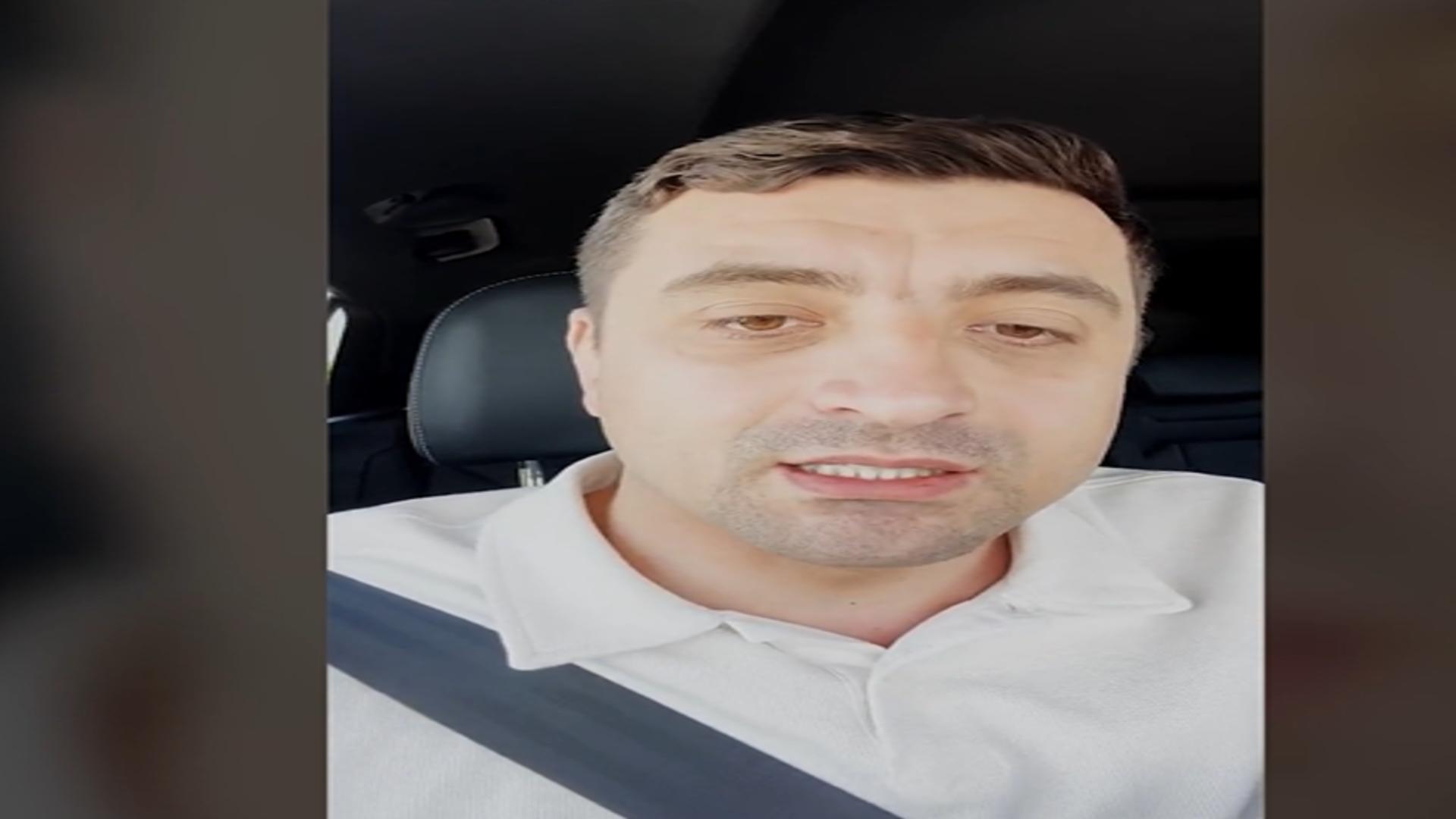Voters apparently turned out in record low numbers at the recent primary election in Illinois, with less than 1 in 5 of those registered to vote in Chicago doing so, according to unofficial tabulations. This is worrisome for a democracy that depends upon citizen participation as an investment in our system of governing.
I contend the abysmal turnout this year resulted from the interplay of incumbency, gerrymandering, lack of choices, political polarization, aversion to candidacy, big money and the segregation of society into geographic areas dominated by one party.
According to the nonprofit States Democracy Center, turnout in Illinois primaries since 2000 has typically been in the range of 25-30% of registered voters (which obviously doesn’t reflect the many who don’t even register). When there were hot presidential primary races, as in 2008 (Obama-Clinton) and 2016 (Trump and others), turnout in Illinois reached more than 40%. This year the presidential nominations were already sewn up by our primary, and there were no statewide candidates on the ballot.
Nor were there many meaningful contests further on down the ballot.
In my downstate home county of Stark, there was only one contest on the lengthy GOP primary ballot, and none on the Democratic side, other than for the presidential nominations. For the upcoming general election, there will (as of now) be no contests on the ballot other than for the presidency. I am told this is not unusual downstate.
If a prospective candidate feels they has little or no chance of winning, why go to the trouble of running? This is where the interplay of the forces noted above occurs, as follows:
Most sitting members of the state legislature are running for reelection (112 of 118 House members, and 20 of 22 senators). These incumbents benefit from some name recognition, and their legislative leaders spend to protect them from challenges. Further, many of the districts were gerrymandered in 2020 to suit these incumbents.
Gerrymandering benefits the party drawing the lines, and its candidates; each party practices it where dominant, and allowed to do so, as in Illinois. In the primary, the respective polar wings of the two parties tend to be dominant, so moderates need not apply. Add to this the benefit of incumbency, and thus there are often no contests in the primary.
Further, in many downstate counties it is hard to recruit candidates for county board and other local government positions. Often, lines on the ballot go begging, to be filled by appointment later. Lack of competition could mean that voters are satisfied with the state of affairs. But with strong majorities consistently saying that both the nation and Illinois are on the wrong track, I don’t think so.
Yet, if no meaningful choices are to be made, then the rational voter stays home.
What to do? Several things. Obviously, eliminate gerrymandering, which would result in districts that are more competitive in both primary and general elections. Second, public financing of campaigns might encourage those without big money from party leaders or wealthy self-funders to enter races. Experience elsewhere shows that public financing increases small donations and boosts individual participation in the election process.
Third, reduce the number of local governments, of which Illinois has more than any state in the nation. My home county encompasses all or parts of 40 taxing districts. At a population of just 5,000, that is about one elected official for every 25 citizens.
Finally, ranked choice voting should be evaluated for possible adoption. This procedure allows voters to rank the candidates, rather than vote for just one. If no candidate wins a majority initially, votes cast for other candidates come into play. This also tends to moderate the campaigns of candidates, as they may feel a need to appeal to voters who might not rank them first.
In 2028, Illinois voters will be asked if they want a new state constitutional convention. If they do, election options that stimulate healthy participation can be assessed.
Elections are about choices. Illinois needs a political system that encourages, rather than discourages, choices on the ballot. Then, voters might feel their democracy is worth a greater effort to go to the polls.
Jim Nowlan is a former state government executive and professor. His latest book is “Politics—The Starter Kit: How to Succeed in Politics and Government.”





